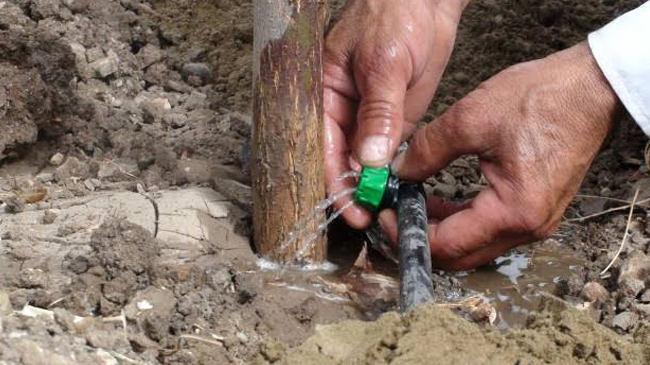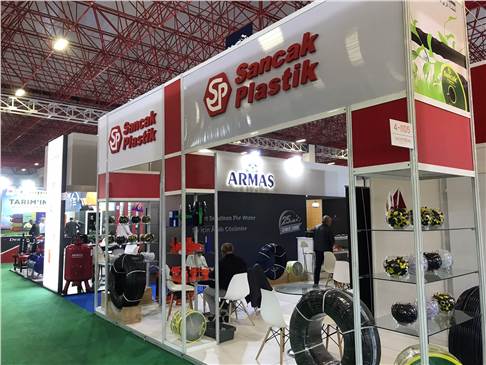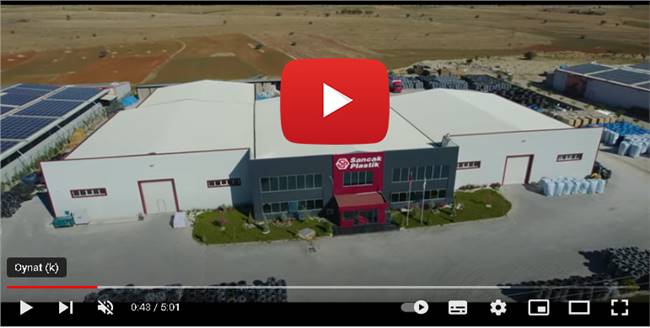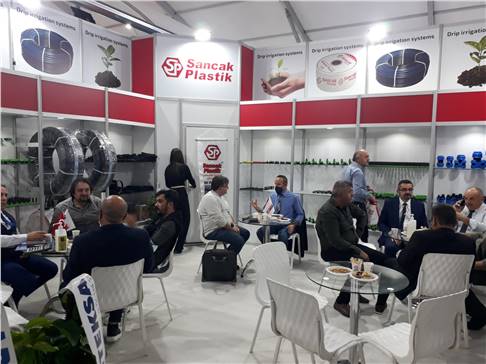
Advantages and Benefits of Drip Irrigation System
Advantages and Benefits of Drip Irrigation System
Drip irrigation system is a method where water is delivered directly to the root zone of plants and applied in small droplets with the help of a distributor drip. This method results in significant water conservation and maximum yield. The system also saves a considerable amount of fertilizer along with water. Other benefits include reducing labor costs, shortening the length of pipelines, and reducing energy consumption. Drip irrigation also provides other benefits such as early harvest, preventing soil erosion, reducing disease spread, and controlling weeds. Initially common in greenhouse production, it has later become widely used for open-field vegetable, fruit, and grape cultivation.
Advantages and Benefits of Drip Irrigation System
- Provides the ability to irrigate at any time of day, regardless of wind speed.
- Allows cultivation without creating stress in the plant with minimal water application.
- Requires less energy due to the ability to irrigate at low pressures.
- Provides a significant increase in quality and yield in the product (20%-90%).
- The crop matures 2–3 weeks earlier.
- Cultural practices are easier, and labor requirements decrease.
- Water loss due to surface runoff and evaporation is minimal, providing 50% water savings.
- Fertilization and pesticide application can be done along with irrigation, enhancing efficiency.
- Since fertilized water is used, there is no problem with root burn.
- Provides good soil aeration.
- Since not the entire area is wetted, disease and weed development is minimized. Weeding labor is also reduced.
- Prevents erosion and soil loss.
- Can be easily applied on sloped areas.
- Reduces soil compaction (hardening).
- Facilitates irrigation of large areas with very low flow water. It is easy to set up and remove.
- Increases the usefulness of available soil water. Plants grow better. High-quality, productive, and standard products are obtained.
- Drippers placed at regular intervals in the pipe ensure that water is delivered in the desired amounts to the plant roots. With short interval water applications, the field capacity is maintained, and plant growth is consistent.
- Even water with high salinity can be used effectively in irrigation, reducing damage to plants caused by salt.
- Provides 60% fertilizer and pesticide savings compared to traditional irrigation methods.
- There are no nutrient losses as surface runoff and deep seepage are avoided.
- Allows irrigation in areas with limited water availability.
- Ensures even distribution of water and fertilizer, thus enabling uniform maturation and harvest.
- In traditional irrigation methods, plants develop more roots to reach water, but in this system, water is delivered directly to the roots, so the plant does not develop excessive roots, and the nutrients go to the product instead of the root.
- Since the drip irrigation system reduces the humidity in the air, it significantly prevents diseases and bacteria that thrive in humid environments, such as fungi.
- Drip irrigation can be easily adjusted to the climatic conditions, specific plant needs, and growth periods, allowing for irrigation in desired amounts at any time.
- Unlike other overhead irrigation systems, drip irrigation is not affected by wind, uneven terrain, or temperature fluctuations. It provides 100% homogeneous, i.e., uniform irrigation.







